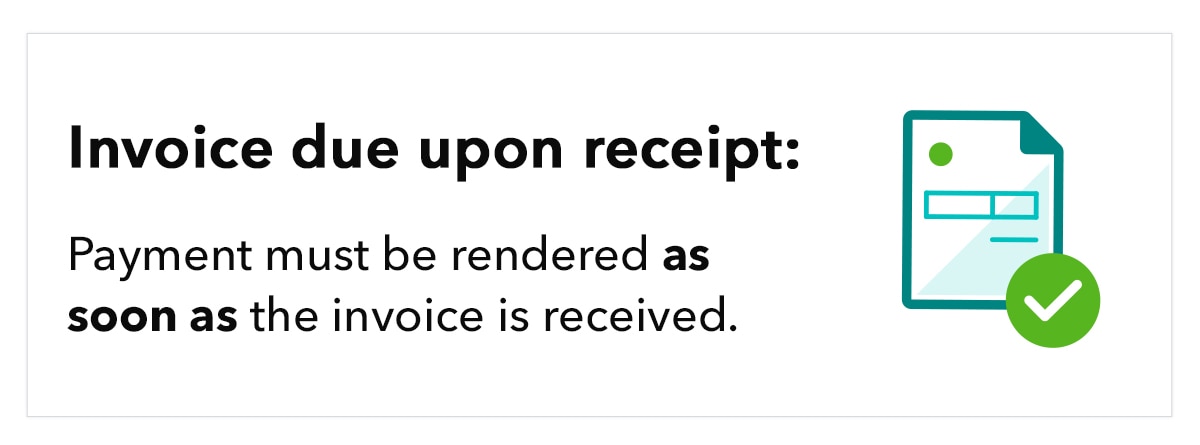You’ve done the work or delivered the products, and now you want the money you’re owed.
But, unfortunately, late payment (or even worse, non-payment) is a common struggle for business owners. Too often, clients take days or even weeks to pay an invoice, which puts you in a tight spot if you’re counting on that money to keep your business running.
One way to prevent that lag time is to use a “due upon receipt” invoicing method. By requiring payment when the invoice is received, you increase your chances of getting paid immediately while avoiding needing to chase down outstanding payments.
Are invoices due upon the receipt the right choice for you, your customers, and your business? Here’s what you need to know.










